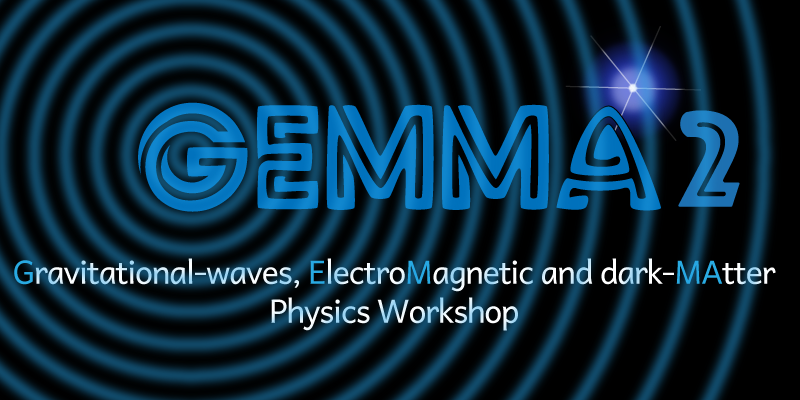Speaker
Description
Quantum Noise (QN) represents one of the main limitations to the Gravitational Wave (GW) interferometers’ sensitivity in all the frequency bandwidth (10Hz - 10kHz) [1, 2, 3]. During the run O3, the implementation of frequency-independent squeezing (FIS) demonstrated powerful quantum shot noise reduction in the high-frequency region above 50 Hz in Virgo and LIGO [4, 5]. Nevertheless, FIS at high frequencies has the drawback effect of increasing the quantum radiation pressure noise in the low frequencies, as also observed in O3 [4, 5, 6], thus demonstrating that from O4 run ahead, to reach a broadband QN Reduction (QNR), GW detectors should implement frequency-dependent squeezing (FDS) [7, 8]. The QNR system of Virgo provides FDS via an upgrade of the existing FIS source used in O3, coupled to a 285m-long detuned filter cavity (FC) [7, 9, 10]. The implementation of the FC required huge infrastructure work in Virgo. Hence, looking forward to post-O5 and the 3rd generation of GW detectors such as the Einstein Telescope (ET), the development of new more compact technologies allowing broadband QNR, without needing external FC could be of great benefit. This is the case of a novel and promising technology based on Einstein Podolsky Rosen (EPR) quantum entanglement. For this aim, we are setting up a compact experiment in the R&D squeezing laboratories of Virgo to measure the effect of EPR-FDS in the audio band region of interest of ground-based GW detectors [15]. After an introduction to QNR in GW detectors, I will focus on the squeezing techniques implemented in O3, the newly introduced for O4. I will conclude by mentioning a new and highly promising alternative FDS technique in view of post-O5 and ET.
References
[1] F. Acernese et al., Class. Quantum Grav., 32, 024001 (2015) AdV
[2] J. Asii et al., Class. Quantum Grav., 32, 074001 (2015) AdLIGO
[3] Y. Aso et al., Phys. Rev. D 88 043007 (2013)
[4] F. Acernese et al., Phys. Rev. Lett. 123, 231108 (2019)
[5] M. Tse et al., preceding Letter, Phys. Rev. Lett. 123, 231107 (2019) FIS in O3 LIGO
[6] F. Acernese et al., Phys. Rev. Lett. 125, 131101 (2020)
[7] F. Acernese et al., Phys. Rev. Lett. 131, 041403 (2023)
[8] L. McCuller et al. Phys. Rev. Lett. 124, 171102 (2020)
[9] S. Di Pace, and on behalf of the Virgo Collaboration, Phys. Scr. 96 124054 (2021)
[10] V. Sequino, Phys. Scr. 96 104014 (2021)
[11] V. Sequino, et al. Proc. of the GRavitational-waves Science&technology Symposium (GRASS) 2019, zenodo, (2020) DOI: https://zenodo.org/records/3554320

